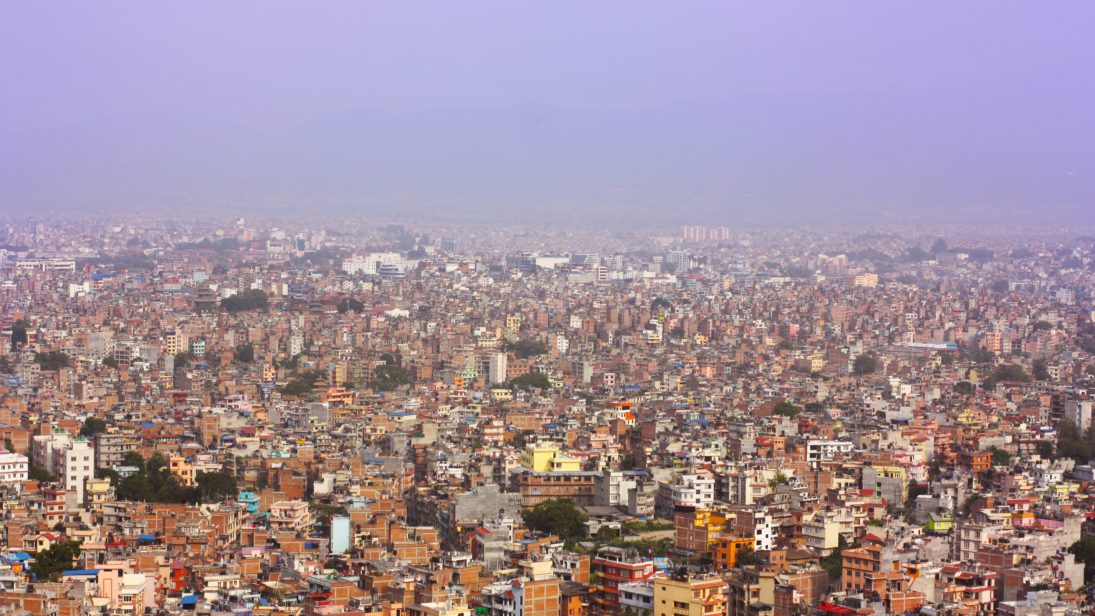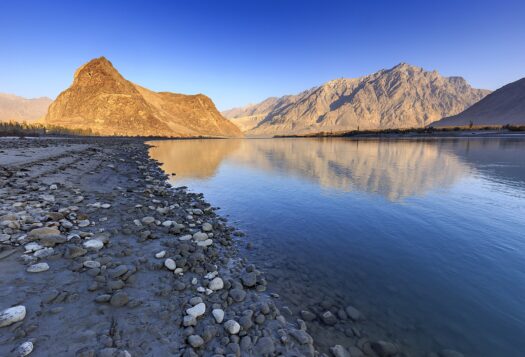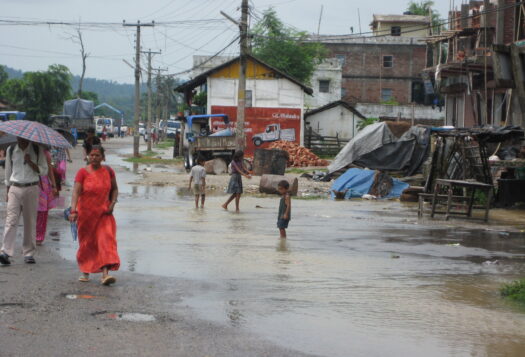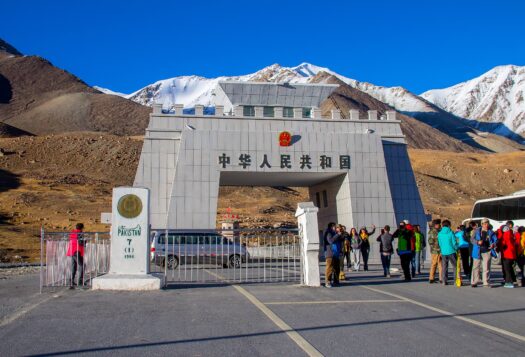
Nepal has been hit by a second wave of coronavirus, evident in the sharp increase in daily infections. As of April 30, Nepal’s daily cases of COVID-19 have crossed 5,000—over five times more than the cases recorded two weeks before on April 16. The number of daily deaths is also on the rise with the country reporting its highest number of deaths on April 29 with 35 fatalities from the virus. Painting a grim picture, the Ministry of Health and Population issued a statement on Friday, April 30, claiming that the scale of infection had gone beyond the capacity of the country’s health system.
Many in Nepal did not believe a second wave would come, since other countries had already experienced their second wave and Nepal’s vaccination initiatives were under way. Health officials have attributed the current spike to Nepali migrant workers returning from India, the general population’s neglect of COVID-19 guidelines, and cases caused by the UK variant and the double mutant Indian variant of the virus. The nation’s capital Kathmandu accounts for more than 50 percent of the total cases. Sensing the gravity of the situation, the government has issued prohibitory orders in Kathmandu valley, and other cities, starting on April 29 for a fifteen-day lockdown in an effort to control the spread of the virus.
Painting a grim picture, the Ministry of Health and Population issued a statement on Friday, April 30, claiming that the scale of infection had gone beyond the capacity of the country’s health system.
However, there are remaining concerns about Nepal’s youth not taking guidelines seriously—as many seem to be less careful about social distancing and masking measures, as seen during a festival to mark the Nepali New Year when thousands of people celebrated without following World Health Organization safety guidelines. If people do not follow the desired guidelines during this phase of the pandemic, Nepal is bound to face serious consequences as the country’s limited health capabilities will be overwhelmed.
Nepal’s Vaccination Drive
One of the biggest challenges Nepal faces at the moment against its fight against COVID-19 is the unavailability of sufficient number of vaccines. The Ministry of Health and Population estimates 72 percent of the country’s total population of nearly 30 million need to be immunized. As of April 30, just over 2 million in Nepal—or 7.2 percent of its population—had received one dose of the vaccine. With a massive deficit between demand and supply in vaccines, the government needs to ramp up its efforts to import vaccines from different sources.

Just like its geopolitics, the vaccine situation for Nepal is revolving around the vaccine diplomacy initiatives of its two powerful rival neighbors, India and China. Nepal received a donation of one million doses of the AstraZeneca two-dose Covishield vaccines from India in January 2021 and began the first phase of its vaccination process on January 27. The government of Nepal then purchased another two million doses of the same vaccine, the first half of which it received in February. In early March, Nepal also received 348,000 doses through the COVAX Facility, an internationally-backed partnership that distributes the AstraZeneca Covishield vaccines manufactured by the Serum Institute of India. India has provided vaccines to many of its South Asian neighbors as part of its vaccine diplomacy initiative. This initiative was expected to give a boost to the strained ties between Nepal and India due to their ongoing territorial dispute. As part of its own vaccine diplomacy, China donated 800,000 vaccines to Nepal manufactured by Sinopharm, which arrived on March 29–immediately following the Indian Army’s gift of 100,000 doses of Covishield to the Nepali Army.
However, Nepal’s vaccination campaign has struggled with India halting vaccine exports following its rapid surge in cases. While Nepal has the manpower and the “cold chain” storage capacity to conduct a full immunization drive, the number of vaccines available in Nepal is not sufficient to vaccinate the majority of the population. Many have received China’s Sinopharm vaccine, however, proper data on the vaccine’s efficacy and side effects is not available. In order to diversify its vaccine procurement the government authorized the emergency use of the Russian vaccine Sputnik V and a private pharmaceutical company has been given the permission to import the same. However, as the vaccine rollout slows and cases continue to rise, hospitals across Nepal risk of being overwhelmed due to lack of intensive care unit (ICU) beds, ventilators, and oxygen.
Continued Recovery
Nepal is facing a second wave as its economy is still reeling from the shocks of a global pandemic. While, remittances from migrant workers, which play a vital role to keep Nepal’s economy afloat, showed sign of recovery and increased by 6.7 percent since last year, the tourism sector—critical to the Himalayan nation’s economy—is certain to face challenges for the foreseeable future.
Amidst the pandemic, Nepal has also been facing ongoing political instability. Nepal’s domestic politics has been undermined by instability for decades. Most recently, the ruling Nepal Communist Party (NCP) party split, dividing into the Communist Party of Nepal (Unified Marxist Leninist) and the Communist Party of Nepal (Maoist Center). Amidst the current political crisis, the Prime Minister K. P. Sharma Oli of the CPN-(UML) is busy trying to either save his government or trying to create an environment for early elections (as he believes his party would secure a victory in an early vote). As the pandemic rages, Nepal’s political parties have continued to battle for power rather than come together.
As the major vaccine producing countries are either in need of the vaccines for themselves or are not willing to share it to other countries, a country like Nepal with a poor health system and limited resources can face catastrophic consequences.
The pandemic has shown that vaccinations alone will not be enough to mitigate the spread of the virus. In addition to vaccines, the public needs to follow social distancing measures and masking guidelines as the country’s healthcare system risks being overwhelmed. The government, meanwhile, will need to put its full effort to providing proper healthcare as the population struggles with low numbers of ICU beds and oxygen and regulate movement along the open border with India. Beyond addressing healthcare challenges at home as best it can in the short-term, a concerted diplomatic efforts to get sufficient number of vaccines with countries that are willing and capable of supporting Nepal. With the second shipment of Covshield doses unlikely to come anytime soon, China has offered some medical supplies in the form of grants to Nepal. As the major vaccine producing countries are either in need of the vaccines for themselves or are not willing to share it to other countries, a country like Nepal with a poor health system and limited resources can face catastrophic consequences. The next few months will be critical to watch for Nepalis as the country braces for the second wave of the deadly virus. With the lockdown orders in place, the government should expand the scope of testing and ensure preventive measures so that the second wave of the pandemic does not spiral out of control.
***
Image 1: Sakar Bhusal via Wikimedia Commons


